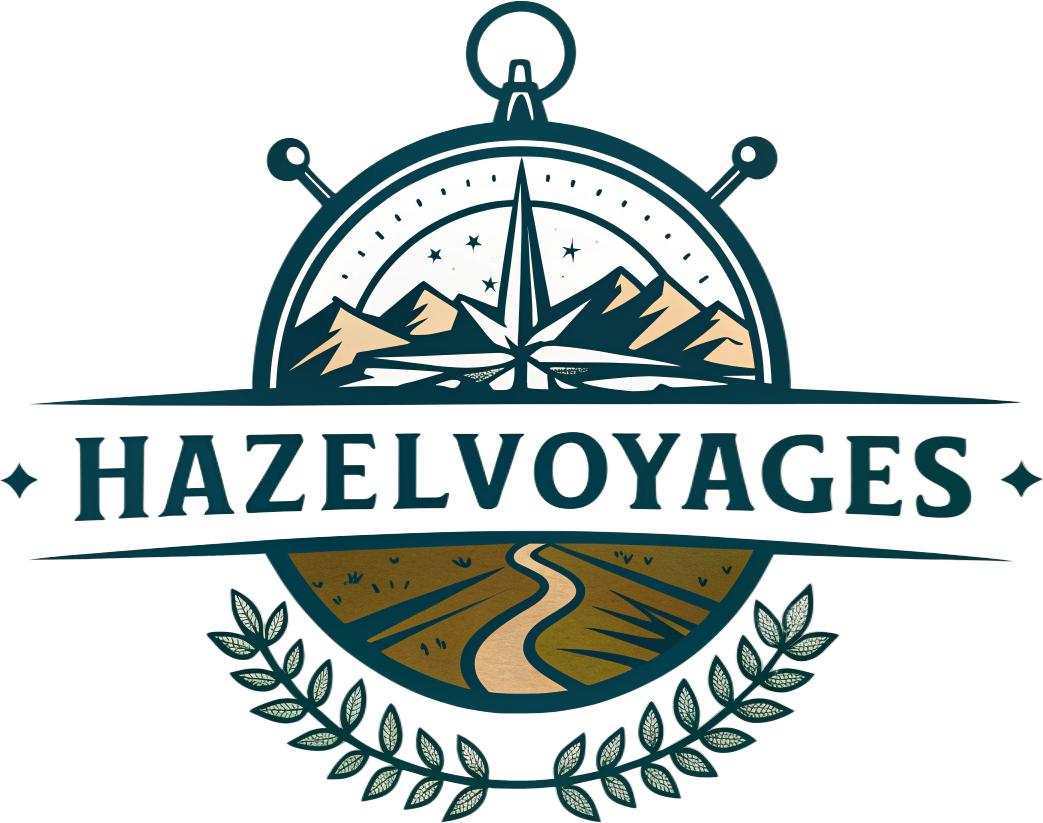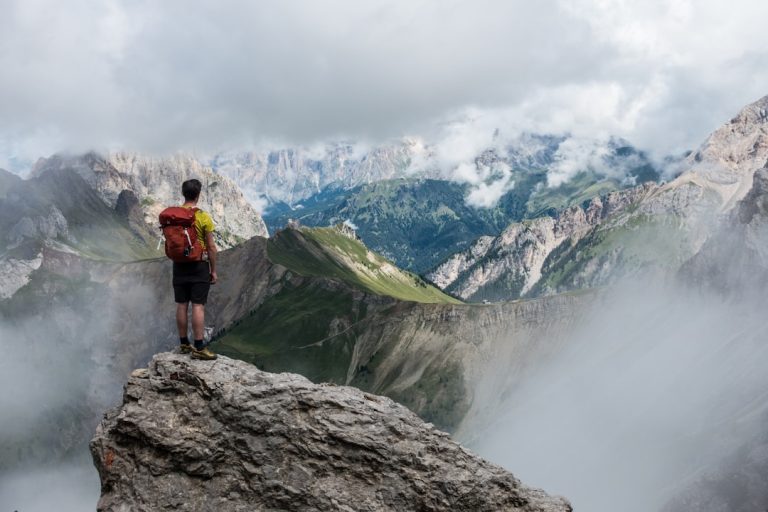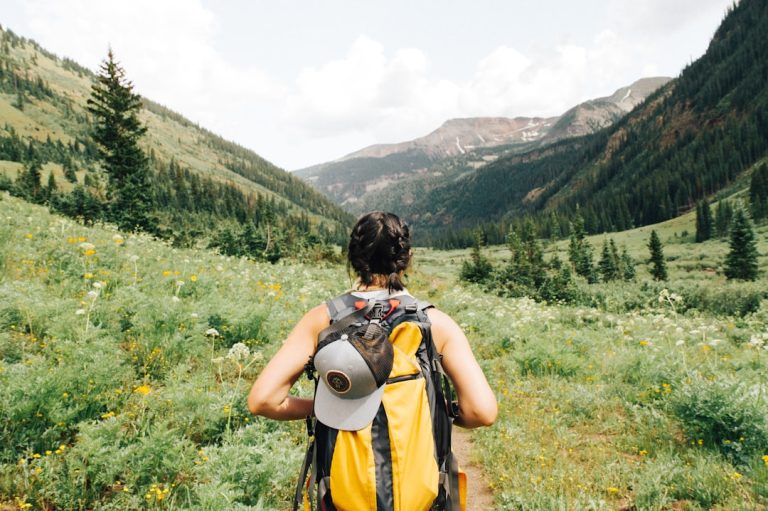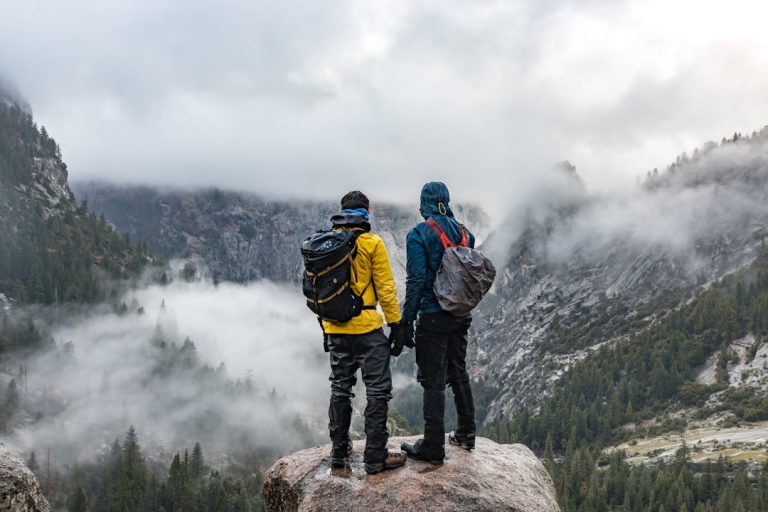Exploring the Great Outdoors: The Rise of DIY Adventure Travel
In an age where personalization and unique experiences reign supreme, DIY adventure travel has emerged as a captivating trend among modern explorers. No longer confined to the cookie-cutter itineraries offered by traditional travel agencies, intrepid adventurers are crafting their own journeys, discovering new paths, and setting their own pace. This movement towards self-guided exploration isn’t just about saving money; it’s about the freedom to explore the world on one’s own terms.
The allure of DIY adventure travel lies in its inherent flexibility. With the world more connected than ever, travelers can leverage a plethora of online resources to meticulously plan their routes, book accommodations, and discover hidden gems that are off the beaten path. Websites and apps like AllTrails, Gaia GPS, and Komoot provide extensive trail maps and reviews from fellow adventurers, allowing users to plan hikes and outdoor activities tailored to their skill levels and interests.
One of the significant benefits of DIY travel is cost efficiency. By cutting out the middleman, travelers can allocate their budget more effectively, choosing to splurge on experiences that matter most to them. Want to save on accommodations? Consider camping or using platforms like Couchsurfing or Airbnb to find affordable and unique places to stay. Cooking your own meals instead of dining out every night can also lead to substantial savings while providing the chance to experience local markets and produce.
Moreover, DIY adventure travel encourages a deeper connection with the environment. By engaging directly with nature and local cultures, travelers often gain a profound appreciation for the places they visit. This hands-on approach can foster a sense of responsibility and a commitment to sustainable practices. Eco-friendly travel is more accessible in a DIY setup, as adventurers can prioritize eco-conscious choices such as minimizing waste, using public transportation, or supporting local businesses that practice sustainability.
Of course, the DIY approach is not without its challenges. Planning a trip independently requires time, research, and sometimes, a willingness to step outside one’s comfort zone. However, the sense of accomplishment that comes with navigating these challenges is immeasurable. There is a unique satisfaction in knowing that you’ve charted your own course and uncovered your own path.
To successfully embark on a DIY adventure, preparation is key. Begin by defining your travel goals—what do you hope to achieve from this trip? Whether it’s scaling a mountain, immersing yourself in a new culture, or simply finding peace in nature, having clear objectives will guide your planning process. Research is your best friend; gather as much information as you can about your destination, weather conditions, necessary permits, and potential risks.
Packing smart is another crucial aspect. Focus on multi-functional gear and clothing to keep your load light but comprehensive. A reliable backpack, durable footwear, and a first-aid kit are non-negotiable essentials. Technology, too, plays a vital role; portable chargers, GPS devices, and offline maps can be lifesavers when you’re out in the wilderness.
In conclusion, DIY adventure travel is not just a trend; it’s a movement that empowers individuals to take control of their own travel narratives. It offers the thrill of discovery, the joy of freedom, and the opportunity to forge unforgettable memories. As more people seek authentic and meaningful experiences, DIY travel will continue to evolve, inspiring adventurers to embrace the world with open arms and a curious spirit. So pack your bags, plot your course, and set off on an adventure that’s uniquely yours.




